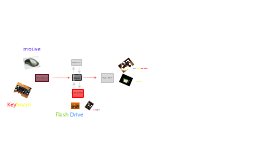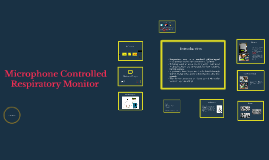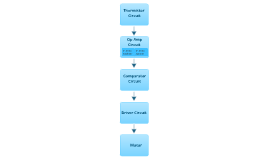Block Diagram
Transcript: It has 14 digital input/output pins (of which 6 can be used as PWM outputs), 6 analog inputs, a 16 MHz quartz crystal, a USB connection, a power jack, an ICSP header and a reset button. It contains everything needed to support the microcontroller. The programming is done to measure the breathing rate and output the result in the Liquid Crystal Display (LCD). Common Emitter Amplifier Block Diagram Microphone Controlled Respiratory Monitor gnd Demerits Microphone Measurement Simulation of the following project was done in proteus and verified to be correct. The programming in arduino board was done using the Arduino Software (IDE) 1.0. Python was used as the programming language for the Arduino Uno. Microcontroller Unit It can be used as a continuous respiratory monitory system as it is portable and lightweight. It can be used for patients with asthma to automatically inject the medicine when needed. Can be used for Household Health Monitoring due to its low cost. Low Cost Portable Handy Low Power , Runs easily on 9V batteries Provides 90% accurate result Quick response Microphone Assembly Amplifier & Filter Vcc Respiration rate is a standard physiological measurement taken for monitoring a patient. Existing respiration monitors used in traditional medical centers are unsuitable for low resource environments. A patient's breathing rate is calculated through sound changes that occur when they breathe into a mask. The device generates an alarm signal when the patient stops breathing. Alarm is automatically turned off when the patient begins to breathe again or make any noise. Applications Merits Results (continued) Output from the microphone Results The micro controller samples the voltage across the microphone using a potential divider. This is proportional to the breathing rate of the patient. This is fed to the filter circuit for further filtering of the noise. i/p Small fluctuations in the output due to external noise Not at all reliable Merits and Demerits Thank You Arduino Uno (atmega 328p) Introduction Graphs The aim of Common Emitter Amplifier is to amplify all of the input signal with the minimum amount of distortion possible to the output signal. The following resistor R2 also provides a dc shift so that the whole wave is amplified. Output after shifting the DC level Output after amplification using transistor Hardware Design Circuit Diagram Software Design Measures respiration rate with error of less than 10%. No Calibration and Startup time required. Detects whether the patient is breathing or not. If not, buzzer goes on.

















